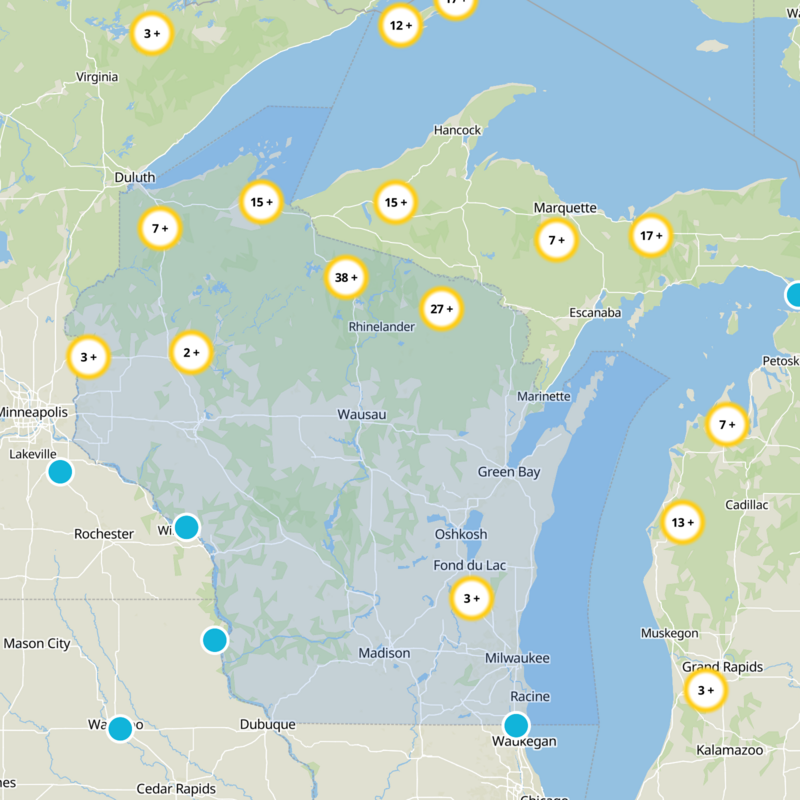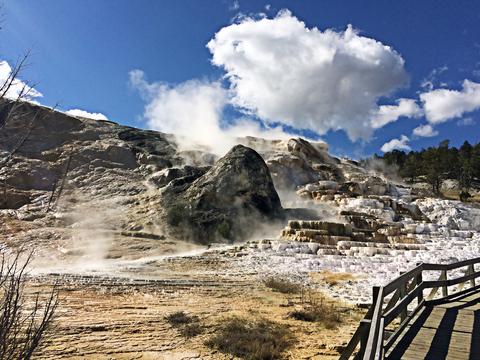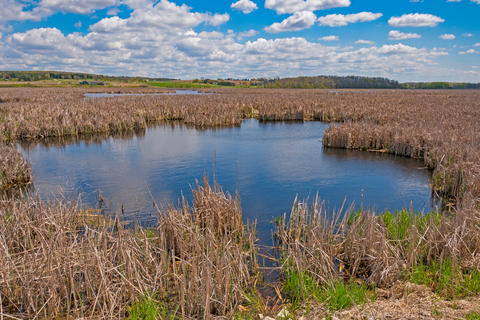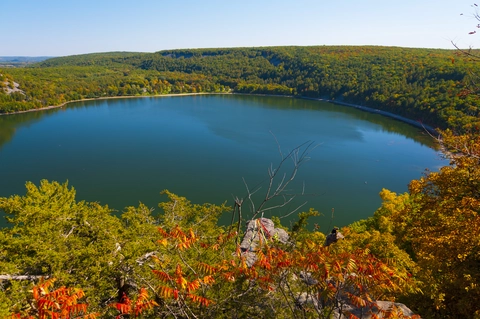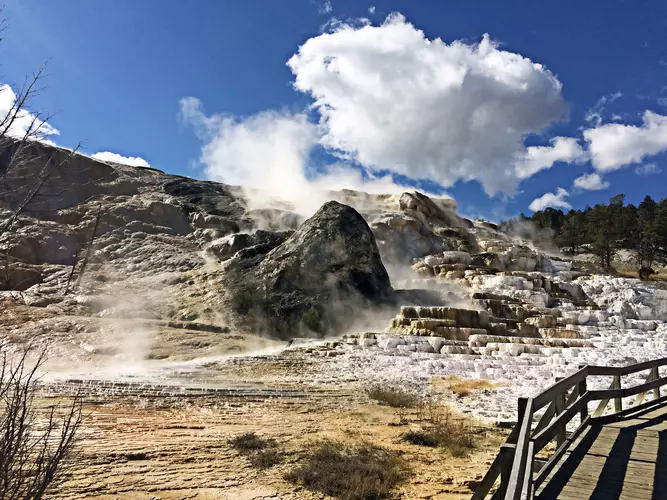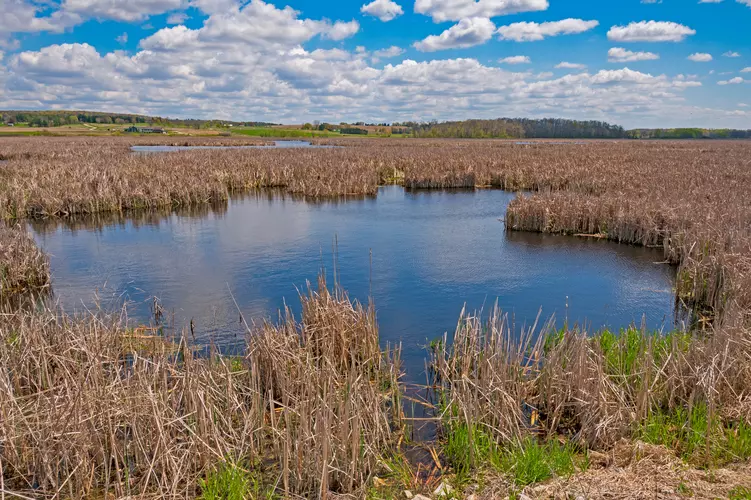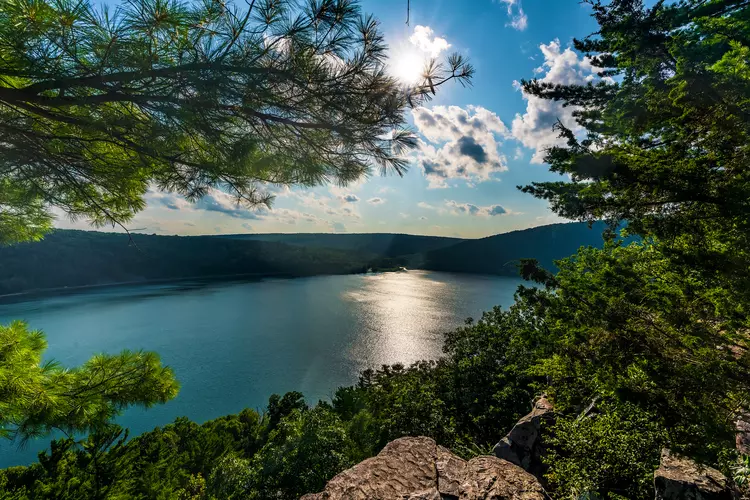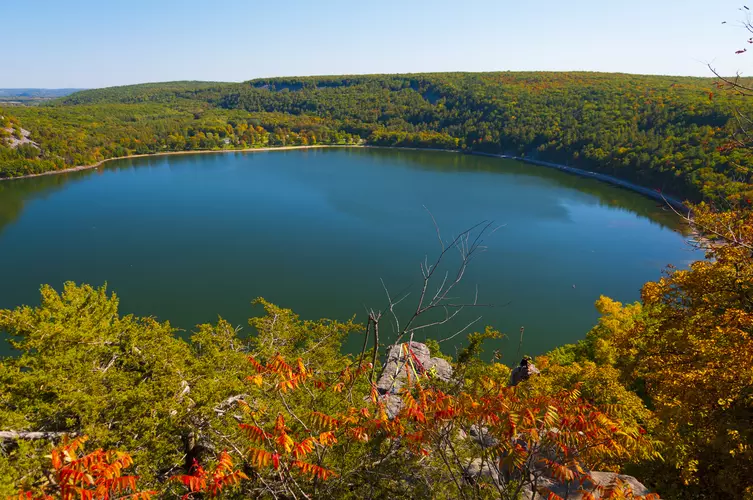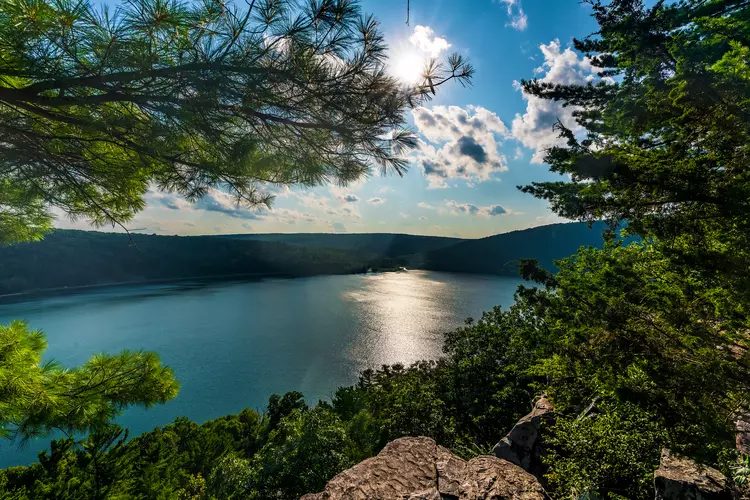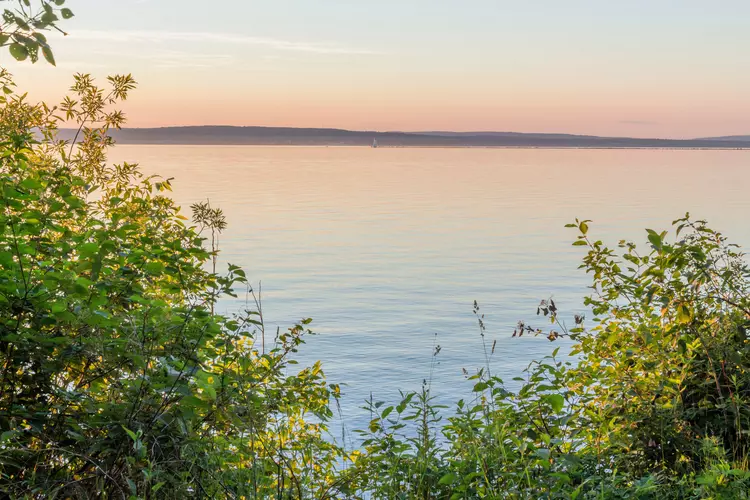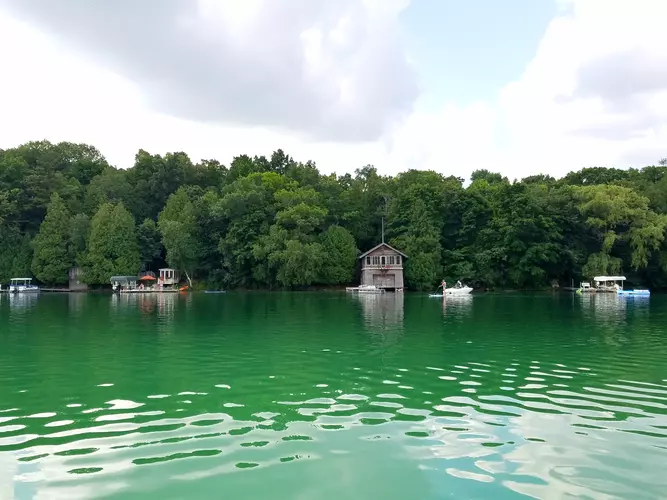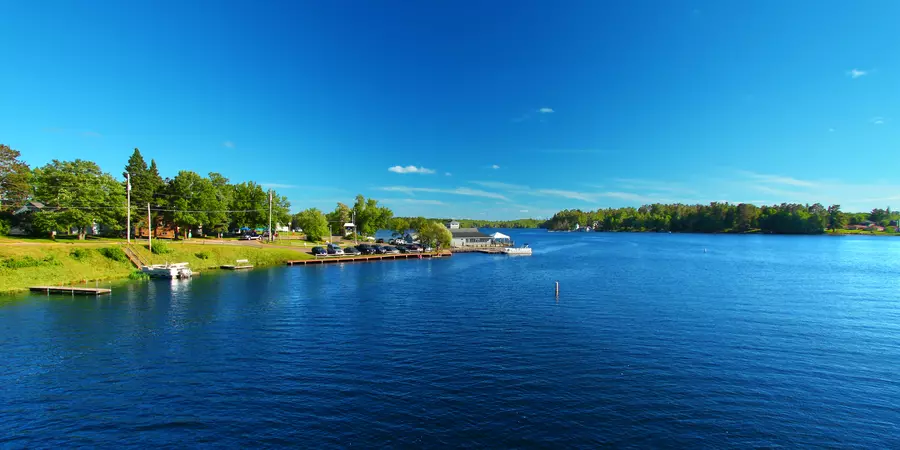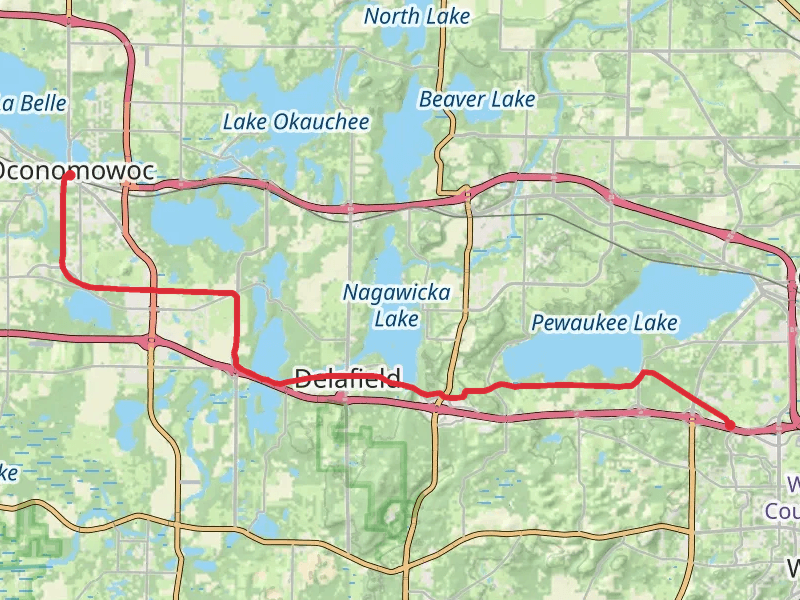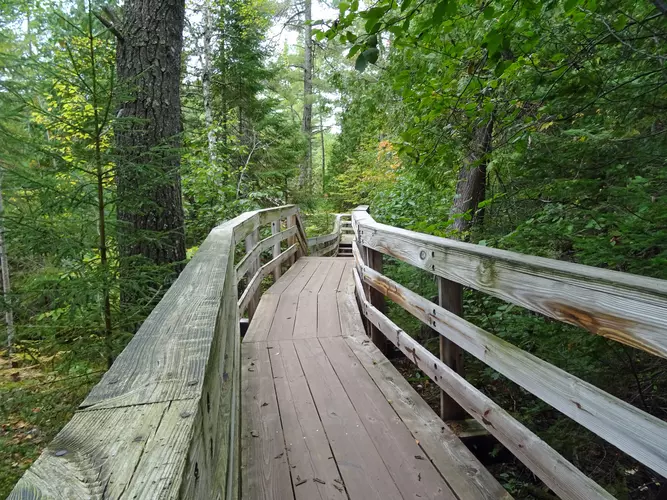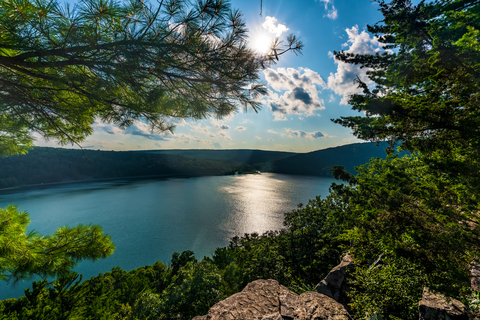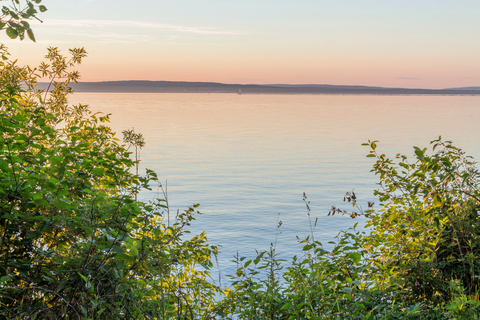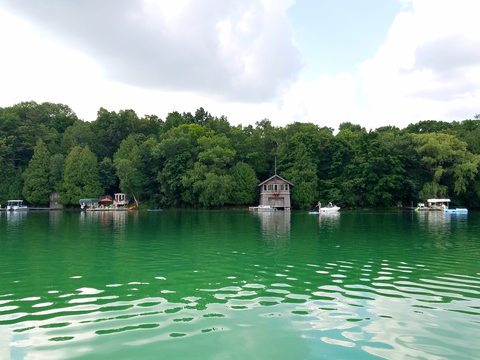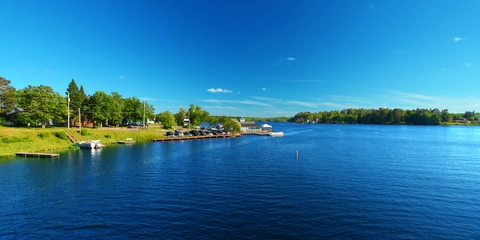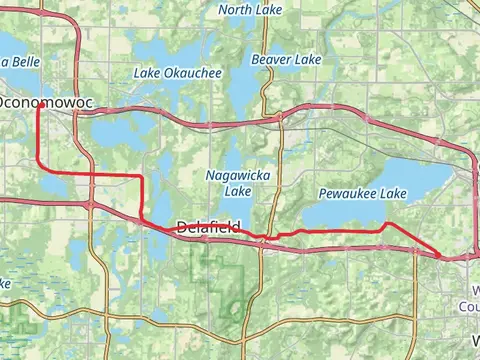"Explore Wisconsin's trails for stunning landscapes, ancient stories, and breathtaking views perfect for all adventurers."
Wisconsin's trails offer a captivating blend of natural beauty and adventure, perfect for hikers of all levels. Traverse the Ice Age Trail, where glacial landscapes tell ancient stories, or explore the lush forests and serene lakes of the Chequamegon-Nicolet National Forest. Discover hidden waterfalls at Copper Falls State Park and enjoy breathtaking views atop Devil's Lake bluffs. Each trail invites you to immerse yourself in Wisconsin's diverse ecosystems and vibrant wildlife.
Most popular hikes
FAQs about hiking in Wisconsin






